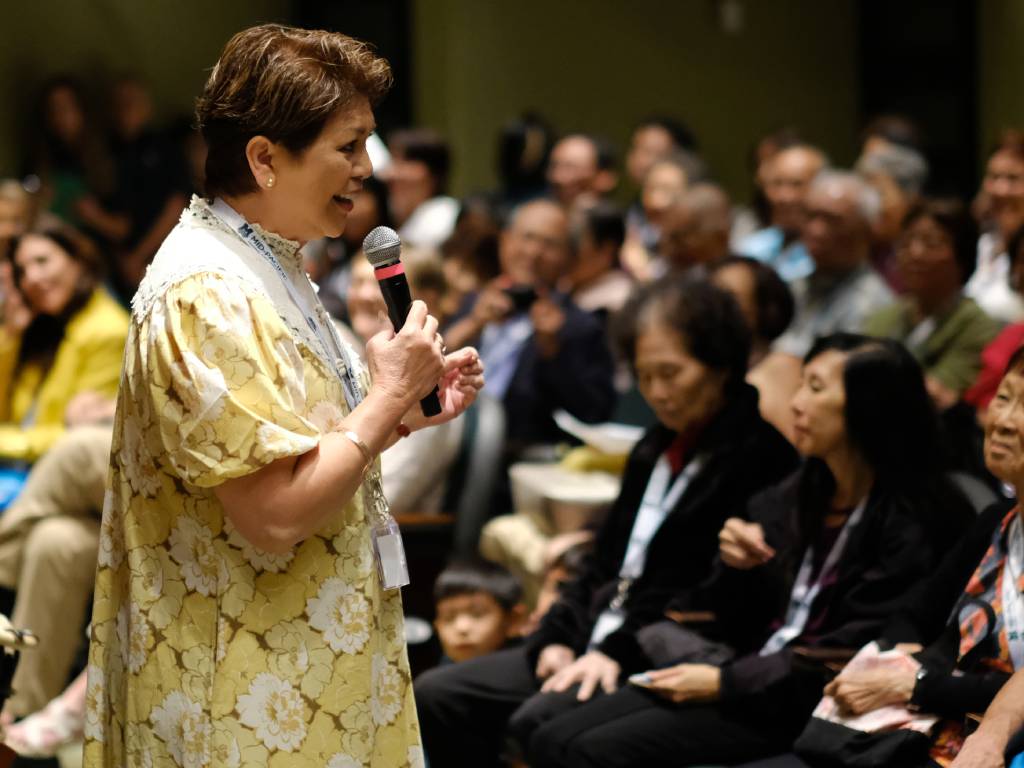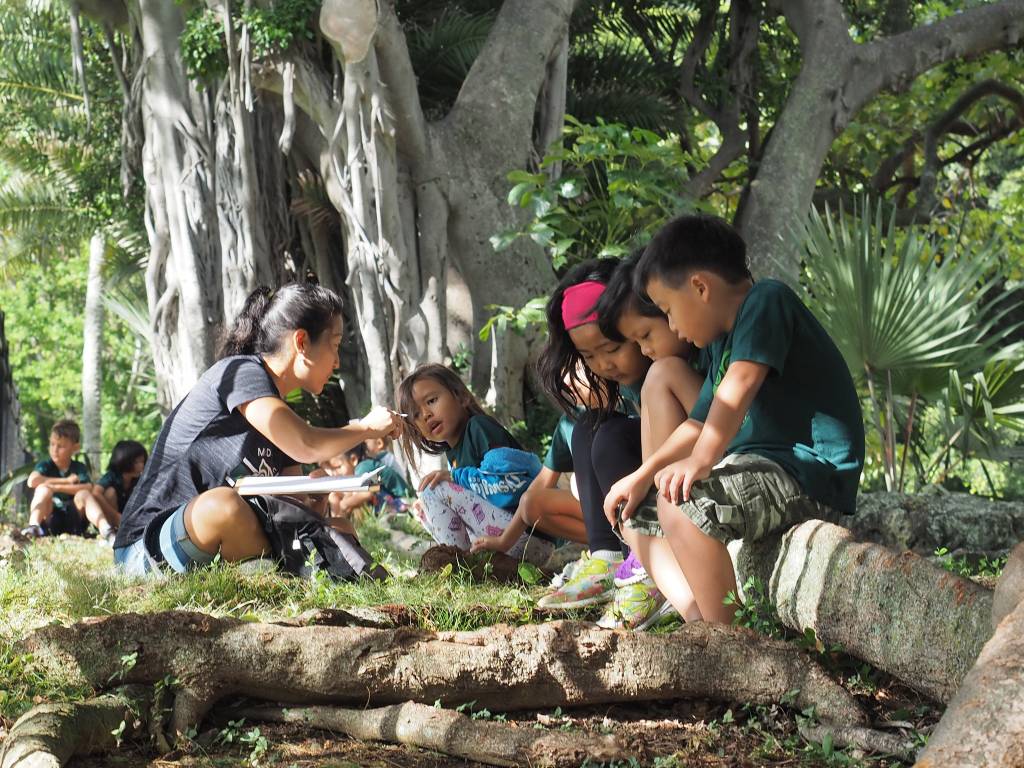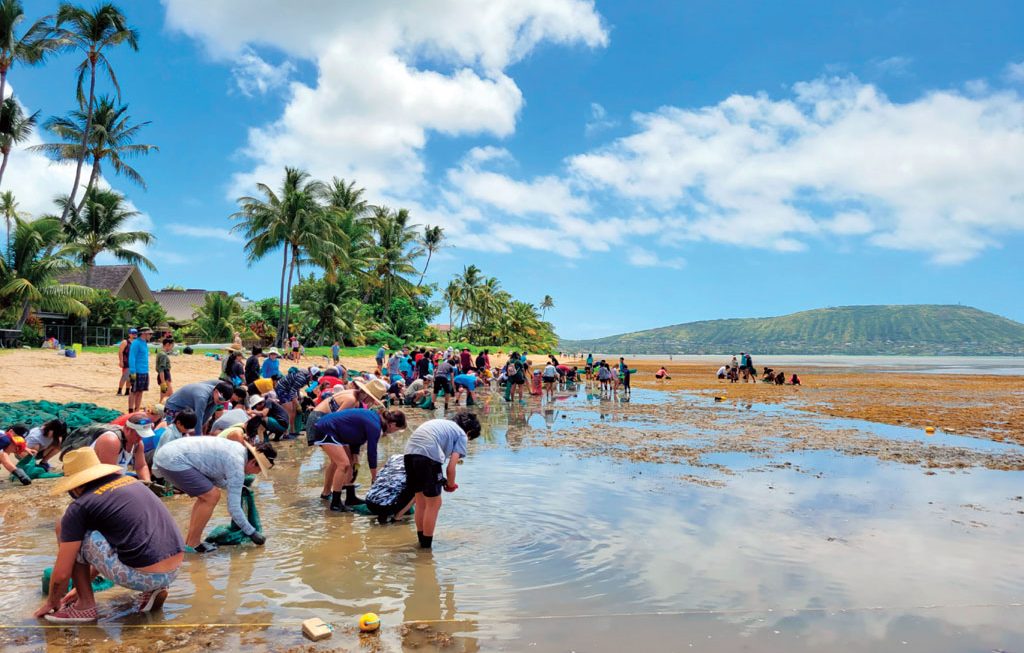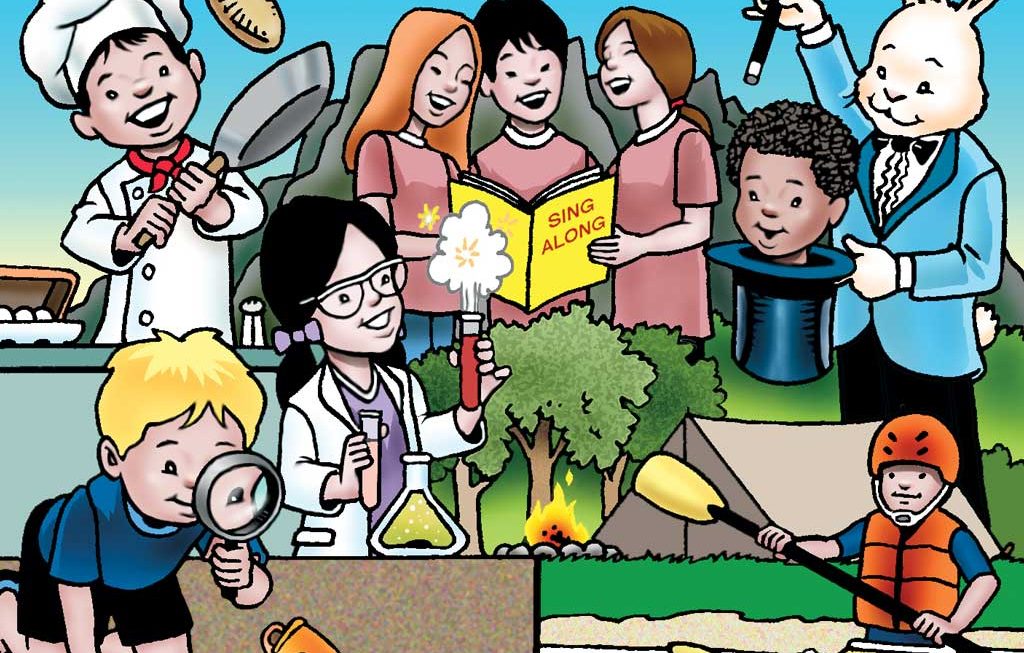by Edna Hussey, Ed.D.
Principal, Preschool & Elementary
Mid-Pacific Institute
Literacy for Communication and the Citizenry
From as early as 3,200 BCE, ancient civilizations in pockets around the globe were on to the powers of literacy — an understanding about the function of signs and symbols, the written and spoken word — to satisfy human beings’ most basic need to communicate. Across world cultures, literacy is the ability to communicate using a set of institutionalized relationships between signs or symbols and sounds, e.g., the alphabet, numerals, roadway signs or symbols, for representing language (Merriam-Webster dictionary). It wasn’t until the Age of Enlightenment in the 17th and 18th centuries in Europe that literacy was associated with power, and in the 19th and 20 centuries, literacy rates became universal data in industrialized countries. The rise of living standards is attributed to a literate population and the proliferation of schools. Countries with high literacy rates include Finland, the United States, the Netherlands, New Zealand, Japan, Austria, Australia, and France. In many countries, more than 95 percent of the population over age 15 have basic literacy skills. The act of reading and writing is highly valued because of the cultural function it serves as a fundamental component of a viable citizenry with literate citizens empowered to participate in shaping a community’s beliefs, values, culture, workforce, government, economy, and social conditions.
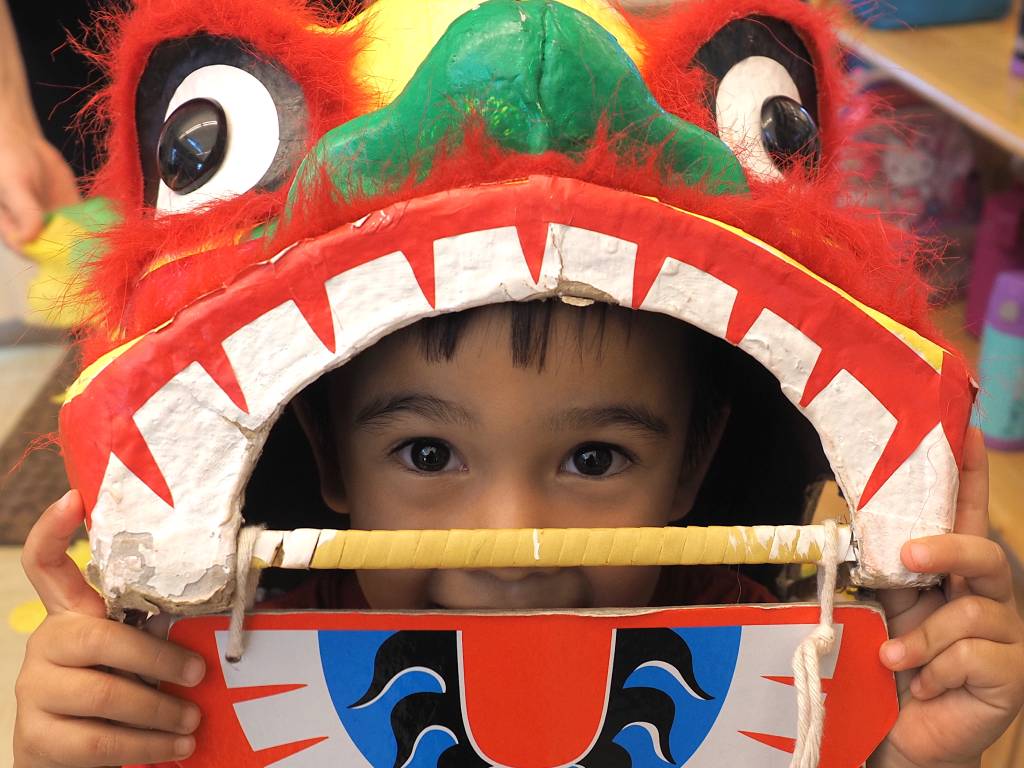
The Rise of Early Literacy
No wonder that early literacy has been slowly rising to the forefront as an area of development in countries around the world. Since 1946, the United Nations Educational, Scientific and Cultural Organization (UNESCO) has made early literacy an intrinsic part of empowering people to fully participate in society and improve the quality of life. In the U.S., the reauthorization of the Elementary and Secondary Education Act (ESEA) addresses the importance of early literacy “to increase literacy skills and reduce the early achievement gap for all children. Policy recommendations through ESEA have focused on the role of parents, funding to support professional development for early learning educators, and research to support early literacy development.
In Hawaii, the Executive Office on Early Learning (EOEL), established in 2012 under Governor Abercrombie, provides government authority to guide the development of a comprehensive statewide early childhood development and learning system. Based on extensive input from representatives of public and private sectors, the EOEL developed a systemwide framework with five key areas of the early childhood state plan: child and family health, safety, and wellbeing beginning with prenatal care; a collaborative effort from county to state level to coordinate resources and family access; high quality learning and public pre-kindergartens statewide; a well-prepared and well-supported early learning workforce; data-driven tools and resources to inform statewide efforts. Hawaii’s systemwide plan is a step in the right direction by looking at a comprehensive approach where literacy is one part of a much larger early childhood system.
Reducing the Universe of Learning
The intent of early literacy — to raise awareness and take action on supporting the growth and development of children, ages 0 to 5, through exploration, discovery, play, and daily interactions with adults around them — has since shifted from a developmental wholistic approach to academic preparation and forced learning. “Getting ready for school” has come to mean “earlier is better.” A well-intended jumpstart may have repercussions down the road. There is research that what may appear to be accelerated literacy growth in young children forced to read when they’re not emotionally and intellectually ready results in the plateauing of skills in 2nd and 3rd grade.
We have reduced the universe of early learning to packaged programs with correct one-answer responses, rote memorization, drills, flash cards, and worksheets for young learners. The popular understanding of “learning” more commonly associated with the approach to learning from the 18th century when schooling became institutionalized has persisted today. Knowledge came from authority. Children were “sponges” soaking up information, passive, and rewarded for regurgitating information rather than wondering, pondering, and weighing information against other perspectives.
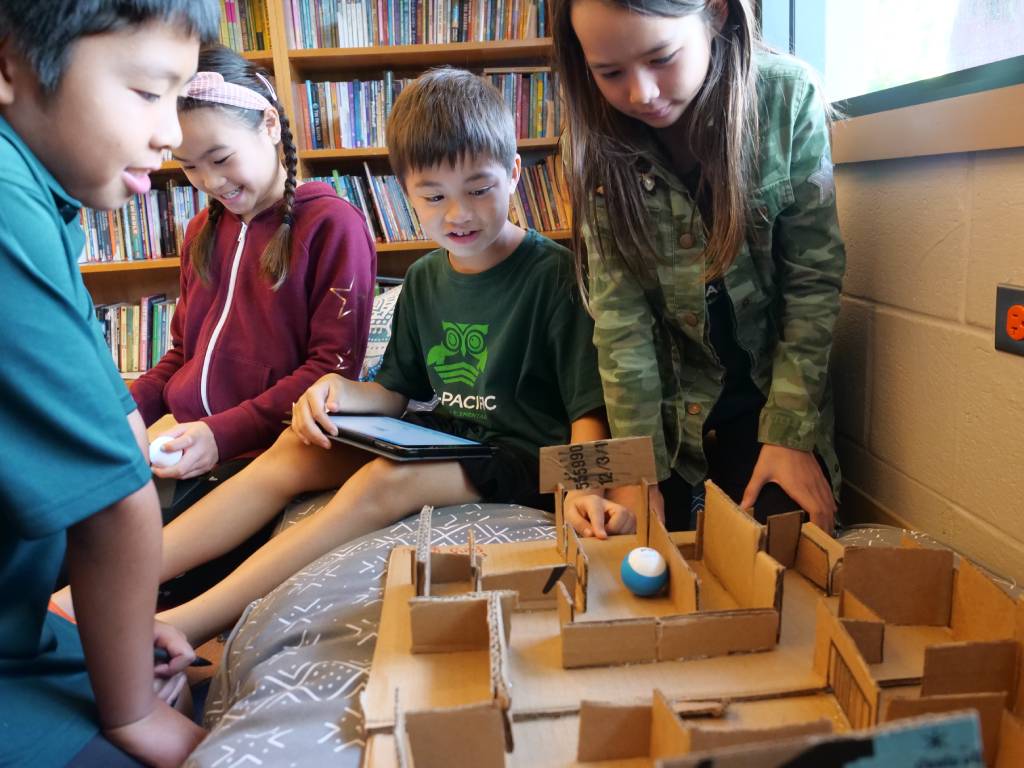
The Need for a New Literacy
In the 21st century, why would we expect learning to look the same? Given the exponential growth of information, the increasing complexities of global issues, the impact of a pandemic on so many fronts, environmental crises associated with global warming, our children should have agency to imagine, create and problem solve a different future than the one they are now inheriting. Our children need to evaluate and synthesize information from many sources in order to solve complex problems. Raising these innovators, problem solvers, and empathic individuals begins with early literacy and a different view of literacy compared to the past two centuries. Thanks to educational theorists and teachers own research in their classrooms, we know that knowledge is socially constructed with others and not in isolation. We need a new literacy for a rapidly evolving world, and parents have a significant role in teaching the new literacy.
The term “new literacy” already exists in the context of the Internet and communication technologies and the view of “text” to include visual, digital and other multimodal formats, e.g., immersive technology, virtual reality games. Many schools offer curriculum in media literacy and digital literacy. This view of literacy is not static but ever evolving as the world changes. But even this notion of “new literacy” fails to include what we have been learning in the past decade about social-emotional intelligence
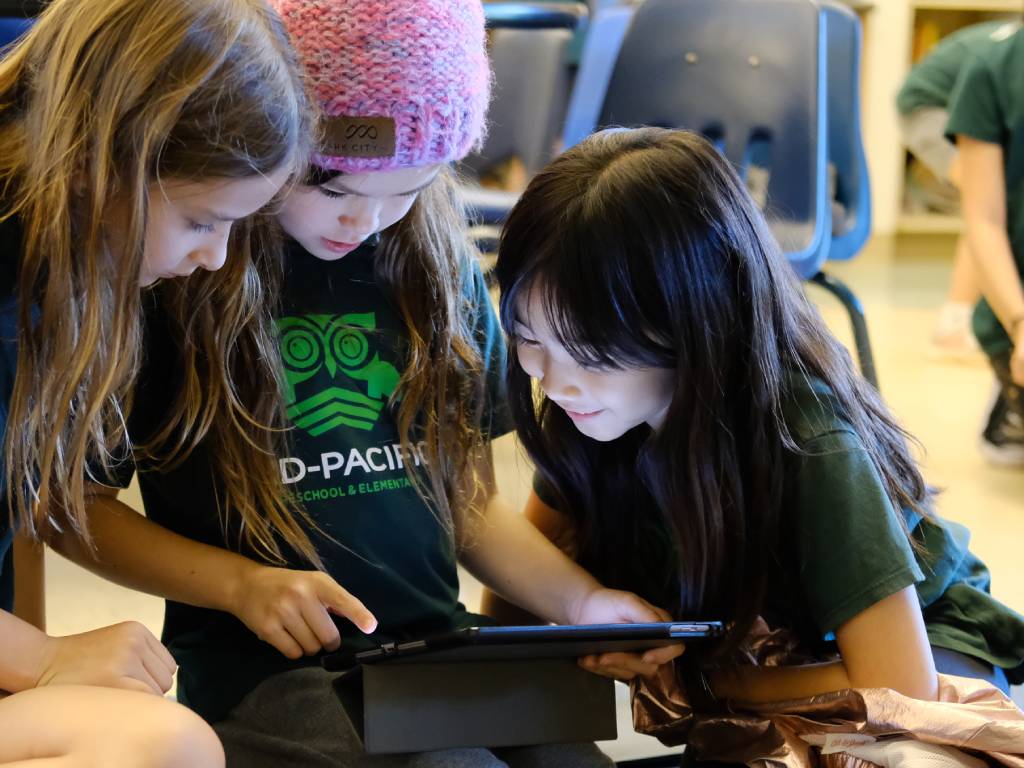
Reading the World
Instead, reframe the notion of literacy from the traditional association with reading the words to reading the world. Seeing the world as a universal “text” is the essence of lifelong learning. Early literacy means helping your child to develop the mindset, skills, and abilities to be able to read their own relationship to adults and peers, their relationship to places and the environment, and their relationship to situations and events. These largely social-emotional skills go beyond transitioning your child from the home setting to the school setting, from preschool to kindergarten. This mindset sets the stage for a view of learning that begins at home and is connective, responsible, and lifelong.
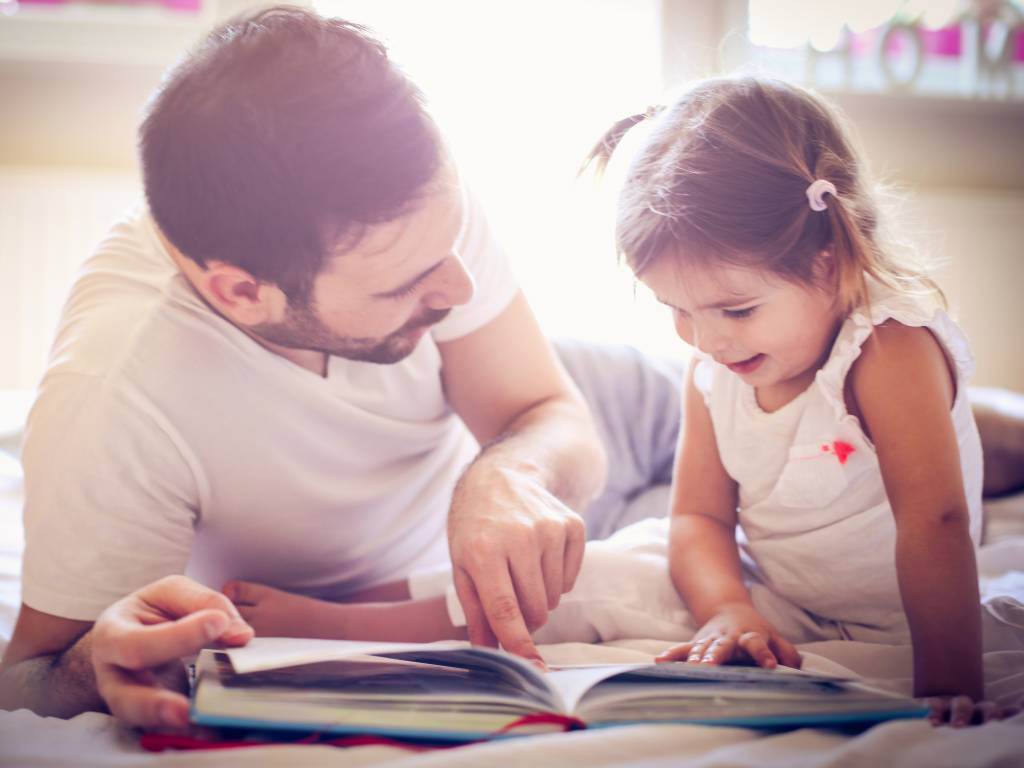
- Take your child on “research” trips. The ordinary trip to the zoo becomes extraordinary when you encourage your child to articulate what they’re experiencing through their senses. Imagine and ask questions together — I wonder how animals talk to each other. How do zebras sleep? Why does the flamingo have such pink feathers?
- When visiting a place, spend time just observing. Very young children love to watch closely. They’re processing visual, auditory, sensory information, trying to make sense of a highly cognitive experience.
- When your child senses an injustice, feels an emotional hurt, experiences disappointment, acknowledge the feeling — I can see from your face that you’re not happy — and give them time to wallow a moment in the feeling, then encourage them to talk about the feeling. Answers are not so important as allowing the time to talk about the emotion.
- Provide gentle guidance on how to read a situation. Start with asking your child to tell what he has observed or heard. You might point out a perspective your child had not considered. There are hundreds of real situations — learning opportunities – to help your child decipher facial expressions, tone of voice, and consider the other person’s point of view. Teaching your child how to be empathic also comes from observing how you react to people and situations.
- Tell your child family stories. Select just a few family photos and share just one or two stories associated with these photos. See if your child can make inferences from the setting or expressions of persons in the photos.
- Read aloud. The sound of your voice and reading the illustrations in picture books have proven through research to be effective literacy experiences.
All of these experiences are precisely quality early learning where the parent is the primary teacher by actively engaging the child in cognitive experiences of reading the world in daily situations. The new literacy is fostered in the relationships with family and caregivers, with places and situations. The interactive nature of these relationships is essential to forming the complex web of cognitive, social, and emotional connections for school learning.
Creating this mindset for understanding the nature of learning as reading the world — making sense of life experiences, formal or informal — is the best way to support a disposition for lifelong learning, their relationships with people, places, and situations. The give-and-take in conversation with your child is the act of constructing knowledge together and sustains the sense of wonder and discovery that is so easily lost when children only function as sponges.
Where the “basics” — reading, writing, and arithmetic — may have sufficed in the past two centuries, we need to build on these literacy skills and expand to 21st century habits of mind in the new literacy — empathy to understand different perspectives, resilience to face new challenges, perseverance to act beyond the impasse, collaborative relationships — these are the ways our children need to be reading the world. The new literacy is here.
